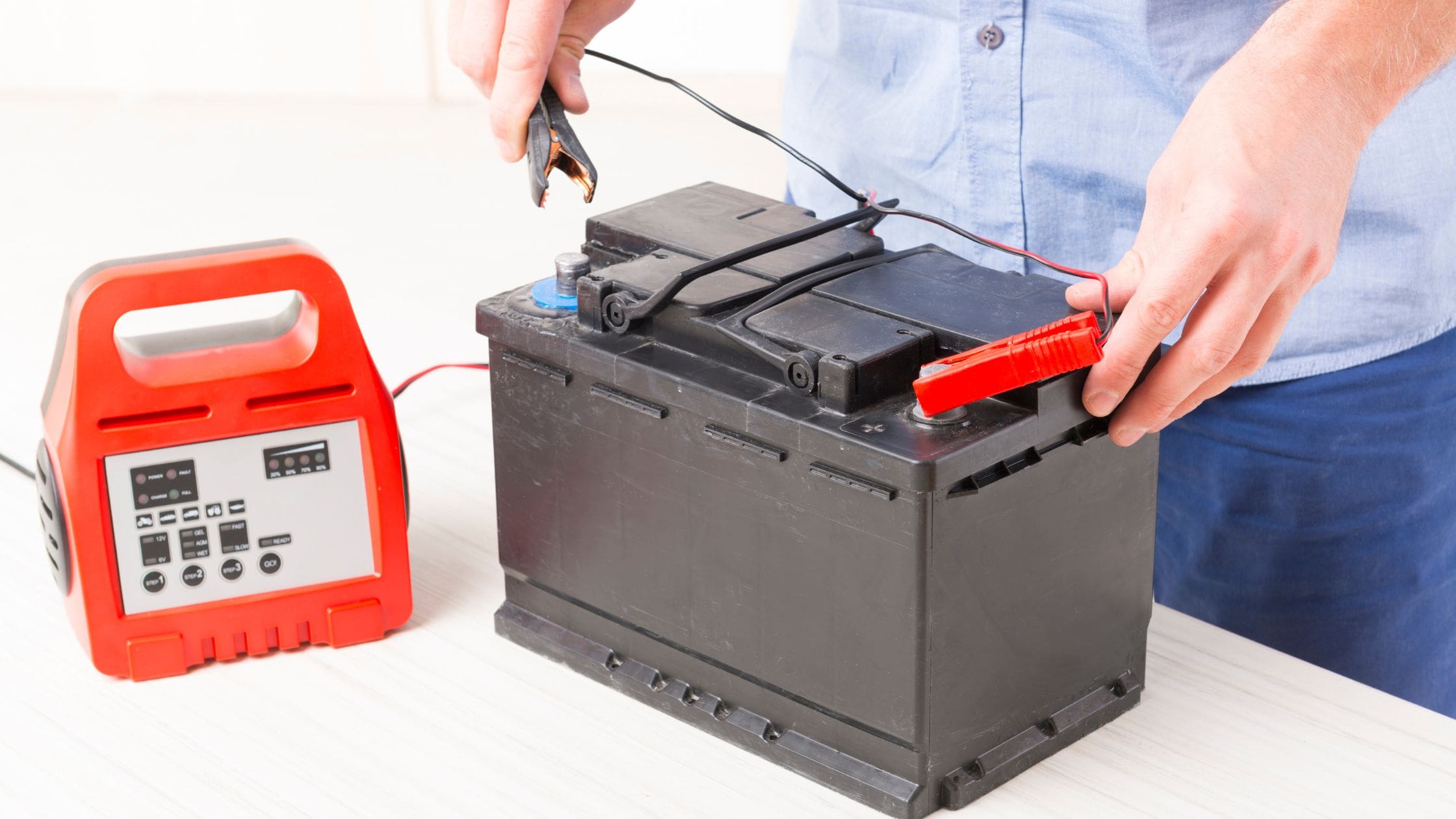Ya I know, I've already talked to my faire godmother. I love my new batteries. 500w of solar and 2ea 100ah LifePo4 batteries and my generator run time this last summer was 2, 15 min maintenance runs.
And now "Winter is Coming". All I want is a battery with LFP power and charging and LA winter storage capacity, thats not to much to ask is it?
My rv is outside in a no power storage yard, last year the low temp was -41 F. I have removed the LFP batteries and stored them in an attached garage. Thats what triggered this whine. On my rig removing the batteries is a PIA.
Self heating batteries sound OK till you realize there is a parasitic drain from various monitors and sensors, plus that the roof mounted panels were under 18" of snow fro 3 months last winter
Whine over and off soap box
And now "Winter is Coming". All I want is a battery with LFP power and charging and LA winter storage capacity, thats not to much to ask is it?
My rv is outside in a no power storage yard, last year the low temp was -41 F. I have removed the LFP batteries and stored them in an attached garage. Thats what triggered this whine. On my rig removing the batteries is a PIA.
Self heating batteries sound OK till you realize there is a parasitic drain from various monitors and sensors, plus that the roof mounted panels were under 18" of snow fro 3 months last winter
Whine over and off soap box



